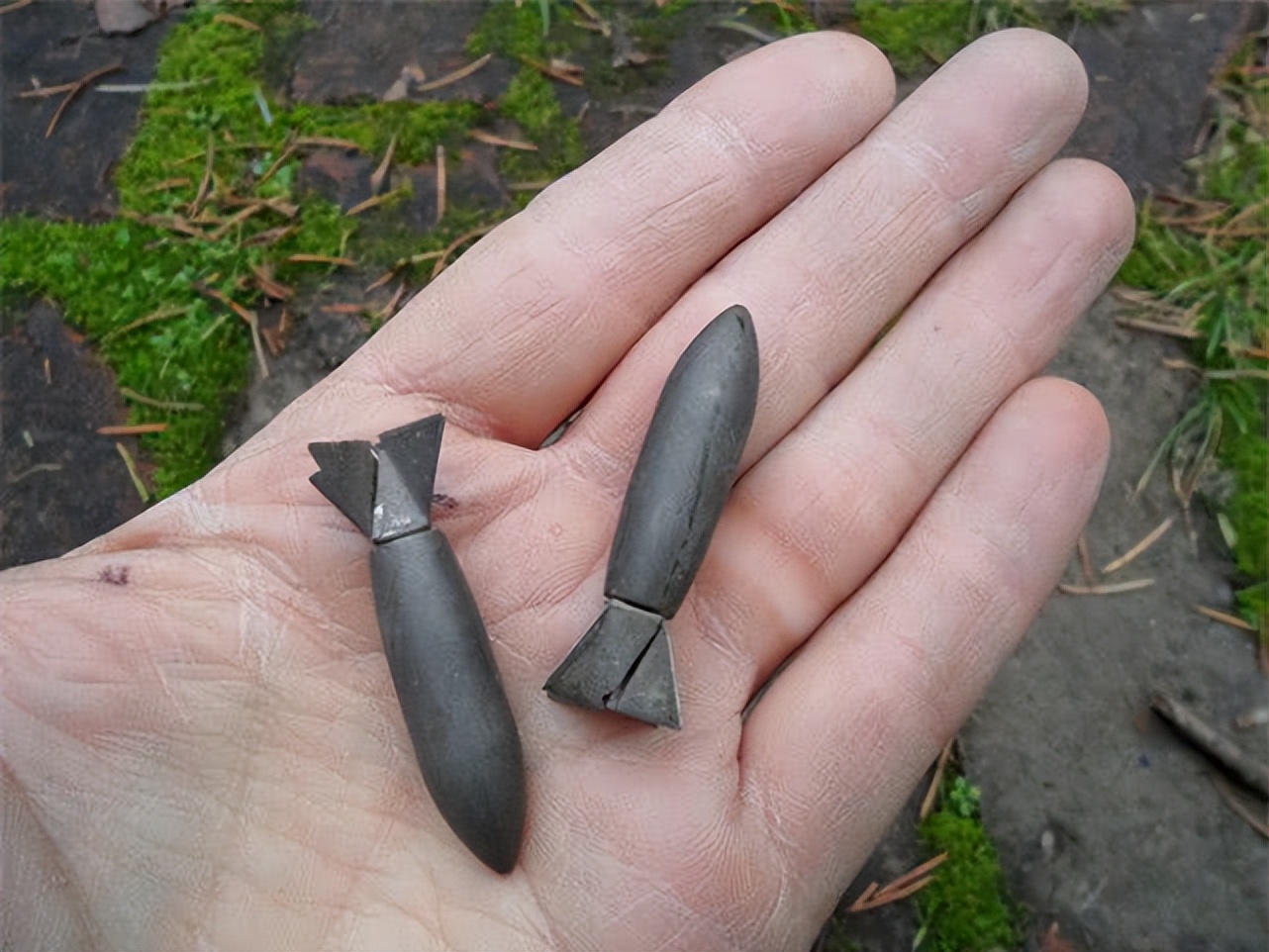During the Vietnam War in April 1972, Kissinger, then assistant to the president, reported to U.S. President Richard Nixon that U.S. military aircraft had "dropped a million pounds (about 450 tons) of bombs" in Vietnam, and Nixon said with satisfaction: "This must have been a perfect blow." From World War II to the "decapitation operation" in the Iraq War, it has always been an important tactic of the US military to deter the enemy's psychology through large-scale indiscriminate bombing.

But carpet bombing sometimes doesn't work well, plus sometimes "the landlord's family has no surplus grain"! And so a new bomb was born.
This is the "lazy dog" bomb, which is only about 4-5 cm long and about 1 cm wide, with a solid structure as a whole, with wings on the tail, relying on kinetic energy to kill and injure the enemy's air-dropped weapons. When used, these mini bomblets will be loaded in large quantities into a large Mark-44 cartridge, and a "dog mother" can carry about 17,000 "little lazy dogs" in its belly.
On the battlefield, the fighter carrying the reloaded Mark-44 bomb flew over the enemy and dropped it, and with the explosion of the Mark-44, these "little lazy dogs" would spread out to the surrounding area, smashing into the ground in a large area, according to its drop height, the maximum speed could reach 210m/s, which could penetrate about 22 centimeters of concrete or about 6 centimeters of steel plates.
As early as the beginning of World War II, the US military began to develop such weapons. In the Pacific Theater, the Americans were dragged by the Japanese, and incendiary and high-explosive bombs were useless to the deep bunkers of the Japanese army. Subsequently, the U.S. military airdropped a "lazy dog" bomb to bomb a Japanese position. When the Americans attacked, there was only one survivor left in the Japanese army, and one of his hands and legs was broken by the sloth dog bomb.
Because there are no explosives, the lazy dog bomb that falls to the ground is a lump of iron and will not have any impact on the United States due to the pressure of international public opinion. Therefore, the United States also used lazy dog "" bombs in large quantities on the battlefield in Vietnam. During the Vietnam War, "lazy dogs" could penetrate the shade of the woods and still have enough kinetic energy to kill enemies under the trees. The spread rate of "lazy dogs" is about 8 pieces per square yard. This caused the Vietnamese military and civilians to suffer heavy casualties.
Later, it was said that the US military banned the use of such creepy "lazy dog" bombs out of political and so-called humanitarian considerations.